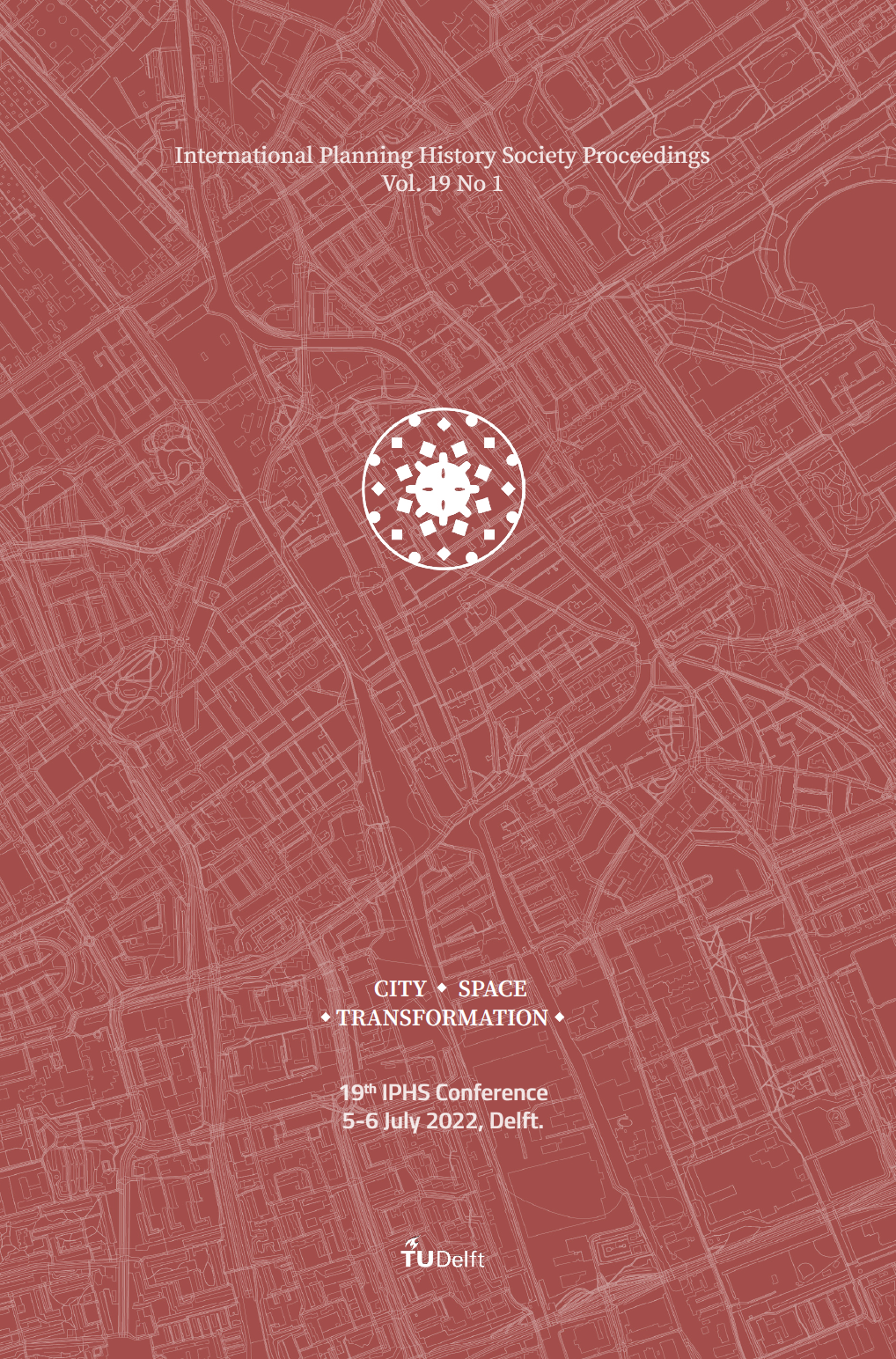Evaluating the Impact of the Community Planning Association of Canada in the Post-War Revival of Canadian Planning
DOI:
https://doi.org/10.7480/iphs.2022.1.6501Abstract
The Community Planning Association of Canada (CPAC) played a key role in advocating for the re-establishment of planning in Canada. The CPAC was remarkably effective, with broad popular support with thousands of citizen members in the late 1950s. The CPAC educated the public about the purpose of community planning and encouraged public participation at local and regional scales across Canada from 1946 until the Association collapsed in 1979. We believe that 1944 to 1947 period was a critical juncture establishing planned suburban development in Canada as a path-dependent process with tremendous momentum into the 21st century. During this period, the federal government set post-war reconstruction objectives, and both Central (now Canada) Mortgage and Housing Corporation (CMHC) and the CPAC were formed. It is still yet to be determined whether the formation of the CMHC or CPAC was the critical juncture. Using a historical-institutional approach, the role of CMHC and the influence of the CPAC is examined. An analysis of key events, actors, and themes, relying on extensive archival material from 1944-64, demonstrates that the CPAC gave tremendous push along the path dependent process of suburbanization in post-war Canada.
Downloads
Published
How to Cite
Issue
Section
License
Copyright (c) 2022 David L. A. Gordon, Miranda Virginillo

This work is licensed under a Creative Commons Attribution 4.0 International License.

